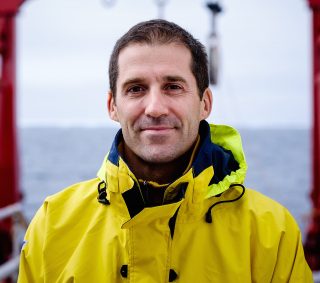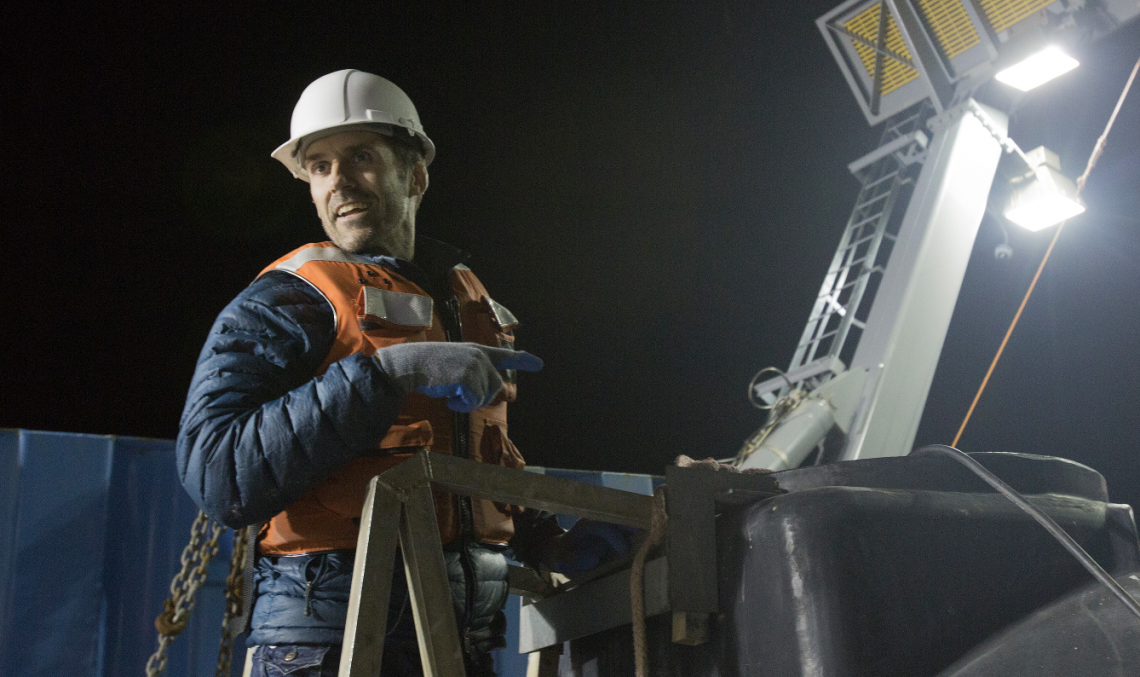A desired transition to technologies such as electric vehicles has established demand and supply chains for metals such as nickel, manganese, cobalt, zinc, and lithium. Mining of these resources is increasingly causing impacts on land. In recent years, there has been a growing interest and activity in mining the deep seafloor, which houses these metals in various forms. Most of this interest has been focused on polymetallic nodules that provide high abundances of these minerals and are critical for everything from cellular phones to computer chips to wind turbines.
Of concern to the ocean science community is the potential environmental impact of deep-sea mining activities and ongoing efforts to generate public awareness of the risks involved, led by groups like the Deep-Ocean Stewardship Initiative, International Union for Conservation of Nature, and Deep Sea Conservation Coalition. There is a growing call for a moratorium on mining activities until there is a better understanding of the potential effect on benthic ecosystem biodiversity, potential loss of species, and impact on fisheries. The sediment plumes that would be generated by seabed mining activity are a principal concern.

SOI High-Performance Cluster Conducting Plume Modeling
Professor Thomas Peacock and his team in the Environmental Dynamics Laboratory (ENDLab) at the Massachusetts Institute of Technology (MIT) are at the forefront of developing an understanding of deep-sea mining sediment plume dynamics. The balance between the rate at which disturbed sediment settles back down to the seafloor, the degree to which ocean turbulence can keep sediment in suspension, and the ability of ocean currents to transport sediment away from a mining site are central to predicting the extent of these plumes. Combining laboratory experiments with field data and the results of high-performance computing, Prof. Peacock and his team are making rapid progress on understanding the potential scale of the sediment plumes and the key factors that influence this.

In collaboration with Schmidt Ocean Institute (SOI), and with support from the 11th Hour Project, Prof. Peacock and Dr. Raphael Ouillon of ENDLab are now using SOI’s high-performance computer (HPC) to create the next generation of sophisticated plume models. The team at ENDLab is using MITs new Oceananigans computational framework on the HPC. This system is a fast and user-friendly software package for the numerical simulation of different kinds of fluid flows built for use on advanced computing systems.

SOI has had two high-performance computers since 2015 that provide self-service provisioning of hundreds of terabytes of storage memory and a hundred or more central processing units (or cores). The computer gives scientists the combined power, speed, and memory of 60 or more high-end desktops acting in unison. This capability enables collaborating scientists to model complex physical, biological, and other dynamic processes with unsurpassed resolution and immediate access to the outputs of large-scale numeric simulations.

Currently, the only exploration of deep-sea nodule mining is taking place; however, the International Seabed Authority is in the advanced stages of establishing exploitation regulations. The models that Professor Peacock and Dr. Ouillon are putting together will attempt to understand the impacts of deep-sea mining plumes and help predict such events. Tools like the ENDlab’s models will help society decide whether and how deep-sea mining should proceed.

